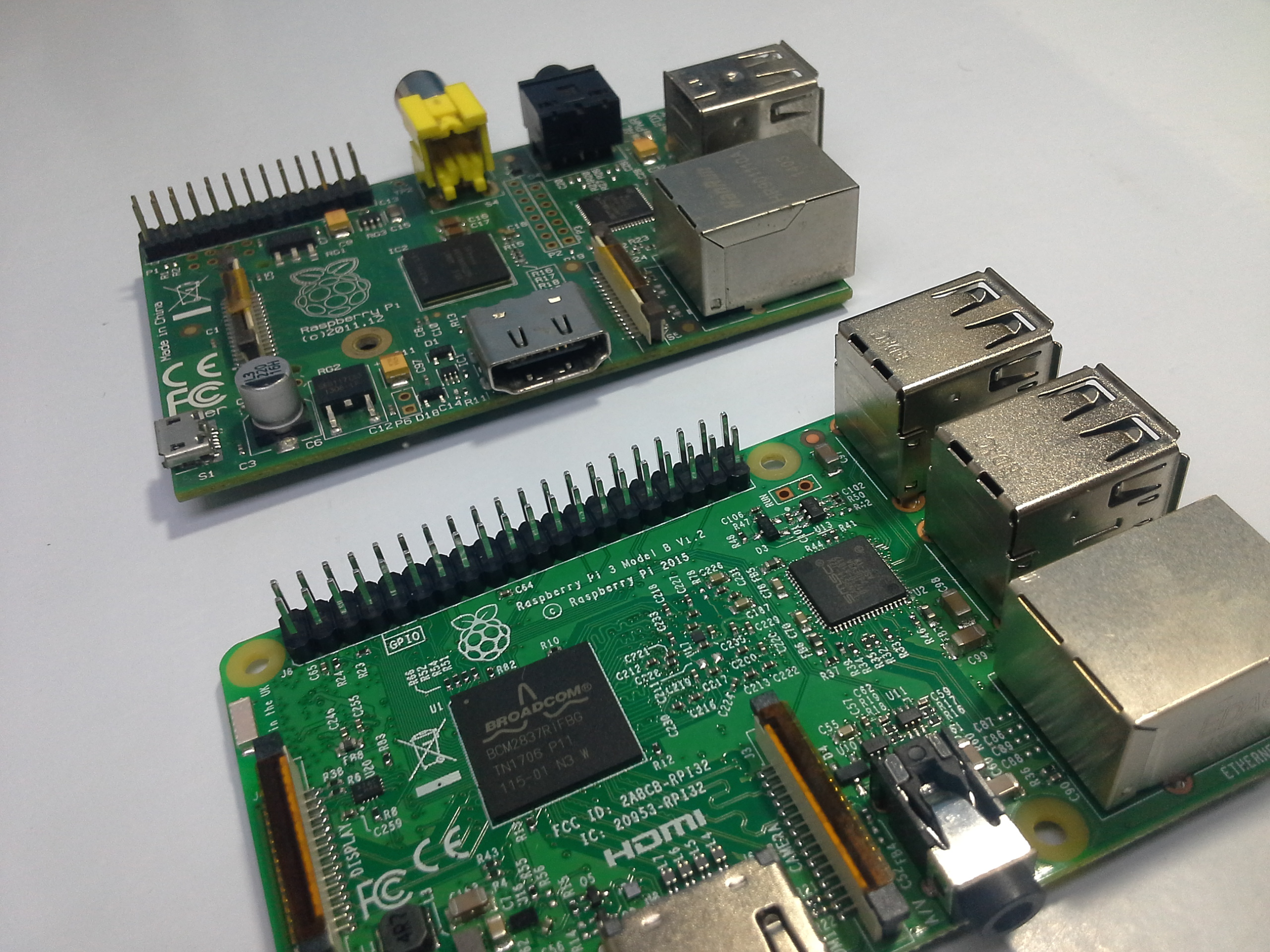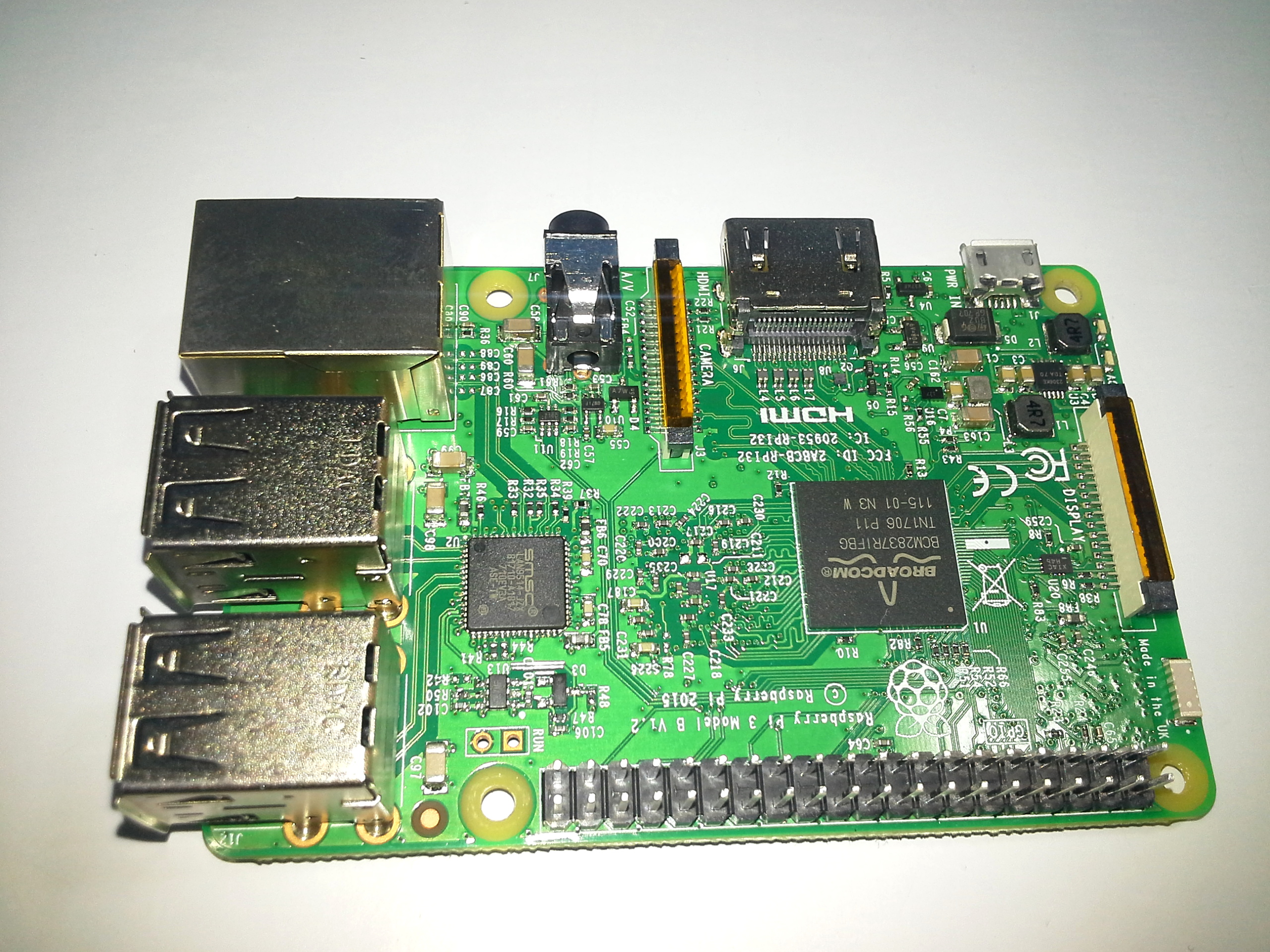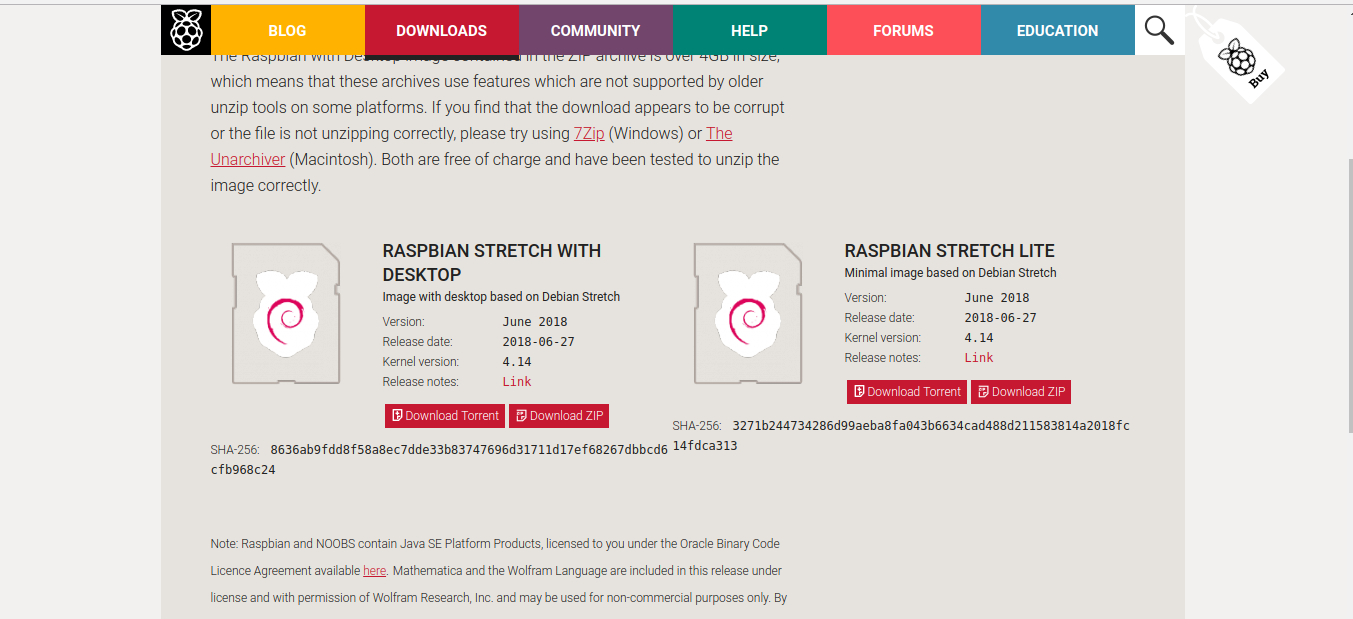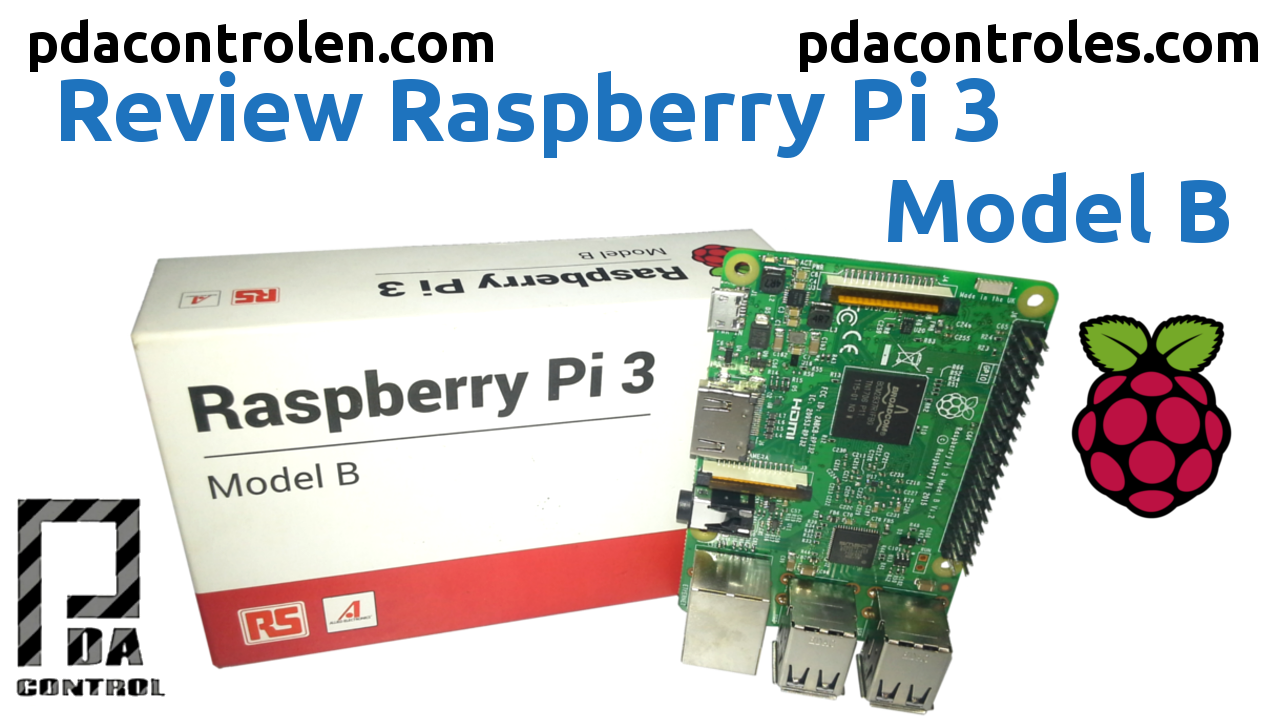A long time ago I did not have a Raspberry Pi in my hands since 2014 in my first tests with my Raspberry pi model B, which we can see with the yellow RCA output and 2 USB ports.
In this case I want to present my Raspberry Pi 3 Model B, this small computer with which there have been many projects, in my case I will interact with most of my IoT applications.
I do not really specify in details, nor how to mount the OS in the network there are countless tutorials, I just want to share my experience, my possibilities and how they crave and do something interesting with it.

Characteristics
The B model of Raspberry Pi 3 is the first model of the third generation Raspberry Pi. He replaced the Raspberry Pi 2 Model B in February 2016. In my case, my Raspberry Pi came out very economica almost given away, it was impossible not to buy it, so the last version 3 model B + came out a few months ago.
These are the characteristics of my board.
- CPU Quad Core 1.2GHz Broadcom BCM2837 64-bit
- 1GB of RAM
- BCM43438 Wireless LAN and Bluetooth Low Energy (BLE) on board
- 100 Ethernet Base
- 40-pin extended GPIO
- 4 USB 2 ports
- 4-pole stereo output and composite video port
- Full-size HDMI
- CSI camera port to connect a Raspberry Pi camera
- DSI screen port to connect a Raspberry Pi touch screen
- Micro SD port to load your operating system and store data
- Up to 2.5 A updated switched micro USB power supply

Materials and Where to Buy Very Cheap
Video: Review Raspberry Pi 3 Model B
What could I do with a Raspberry Pi?
In general, a RPi has a countless list of possible projects. For PDAControl own applications, it would be very interesting to try the following in the following tutorials:
Installation of Node-RED
This excellent application connection tool would be very useful either for monitoring and control, either local or remote, previously we performed minimal installation on Linux , ubuntu / debian systems, in my case Lubuntu.
Installation or Integration Python with Emoncms
There are 2 possibilities to install Emoncms or integrate it with the Platform on the Internet, I could use Node-RED or my favorite Python language.

Conclusions
A few months ago came the improved version Raspberry Pi 3 Model B +, I am happy with my B version, not only because of its price, but for the benefits I really need to have a Node-RED 24/7.
Although my main goal is to mount Node-RED and Node-RED Dashboard.
You could mount an MQTT Broker / Client, Mount Applications as the Grafana dashboard, or the Influxdb database.
Since it would be mounted Node-RED could make integrations with Alexa / Amazon without complications.
Recommendations
Good for beginners with Raspberry Pi, a lot of patience if you have not used a linux system, in the long run it will be very easy, I recommend using Python as the base language for your applications.
I personally do not use the GPIOs, and I do not place any additional peripherals to the USB ports.
Always try to turn off the Raspberry Pi via command line safely, using commands such as “sudo poweroff” to avoid corrupting the operating system mounted on your microSD.
Well they are a sea of possibilities, if they have recommendations they can comment if complications.
I personally will not use monitors and do not require graphics and I want to make the most of the performance of my Raspberry Pi, I will install Raspbian only the “RASPBIAN STRETCH LITE” version and I will connect through an SSH client to execute everything.

